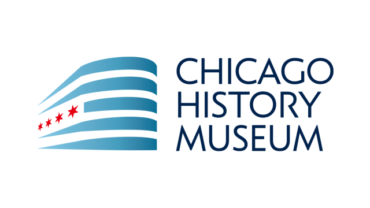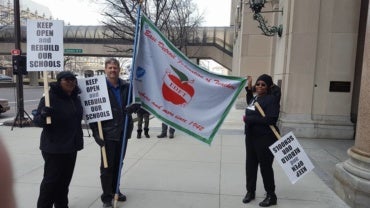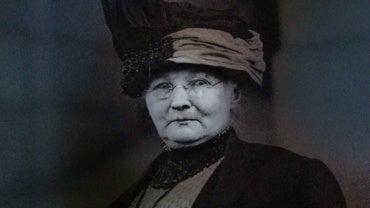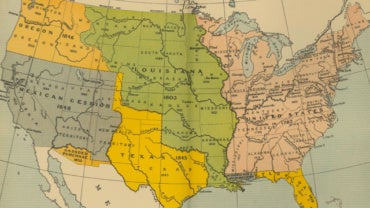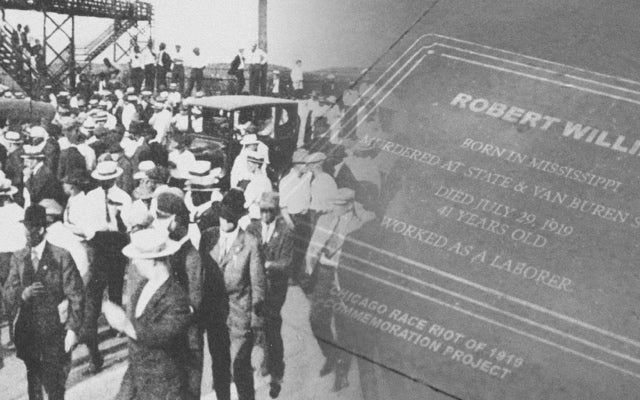

You May Also Like
Welcome to the Haymarket Affair Digital Collection. The Chicago Historical Society has created this digital collection to provide on-line access to its primary source materials relating to the Haymarket Affair, a controversial moment in Chicago’s past and a pivotal event in the early history of…
The Westinghouse Works Collection contains 21 actuality films showing various views of Westinghouse companies. Most prominently featured are the Westinghouse Air Brake Company, the Westinghouse Electric and Manufacturing Company, and the Westinghouse Machine Company. The films were intended to showcase the company’s operations. Exterior and…
The repeated argument I hear from people who are opposed to Oklahoma teachers walking out tomorrow is “we knew what we were doing when we signed up for this.” You’re right. We did. We signed up for the hardest job in the world and putting our kids first. Here’s a poem about it.
Mother Jones Museum is the website of the Mother Jones Heritage Project, a 501-c-3 non-profit. We are guided by the philosophy & model of Mother Jones, whose base was in Chicago, but who went across the US to organize and fight for justice.
Created in partnership with Education Development Center, Zoom In features 18 skill-focused, document-rich lessons on social history topics that address every era of U.S. history. These interactive inquiries engage students in reading documents closely, gathering evidence, and writing an argumentative or explanatory essay. Each lesson…


